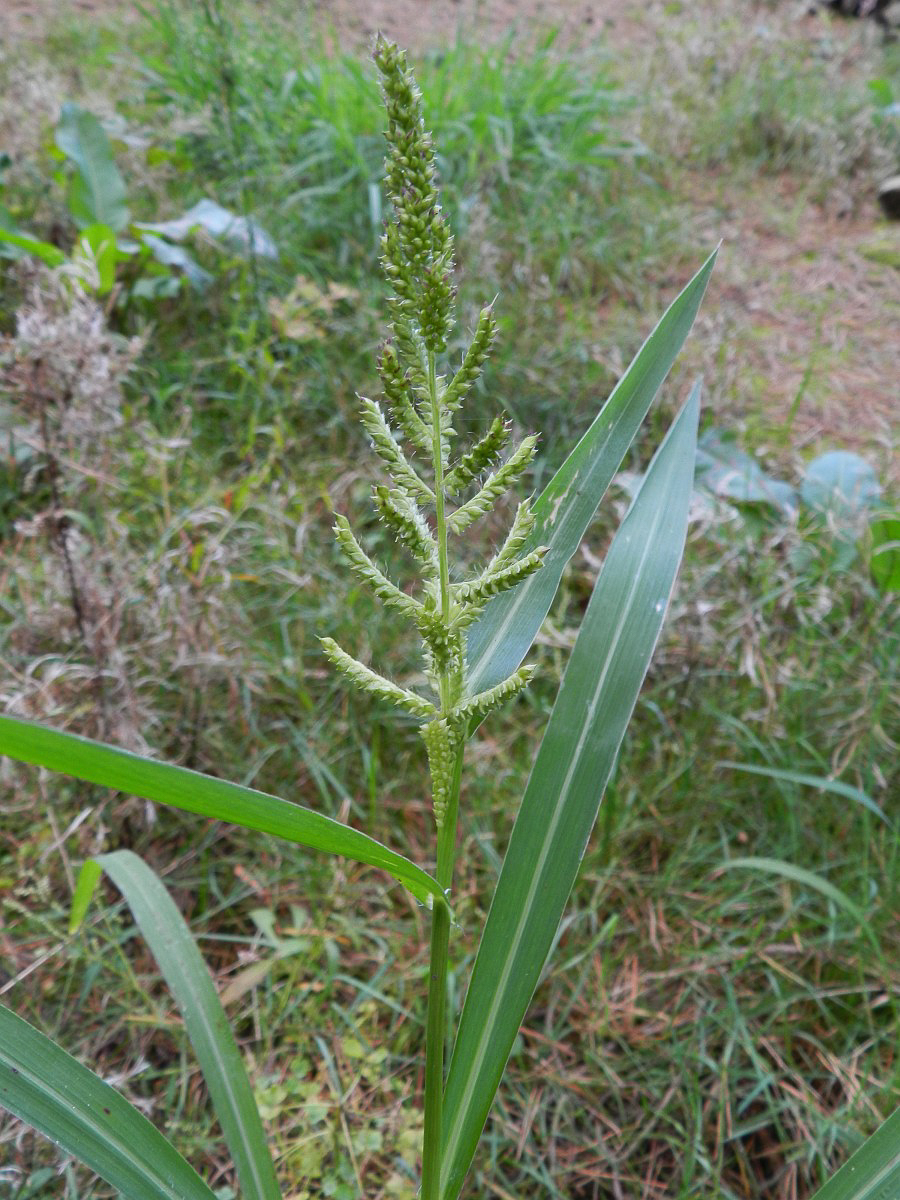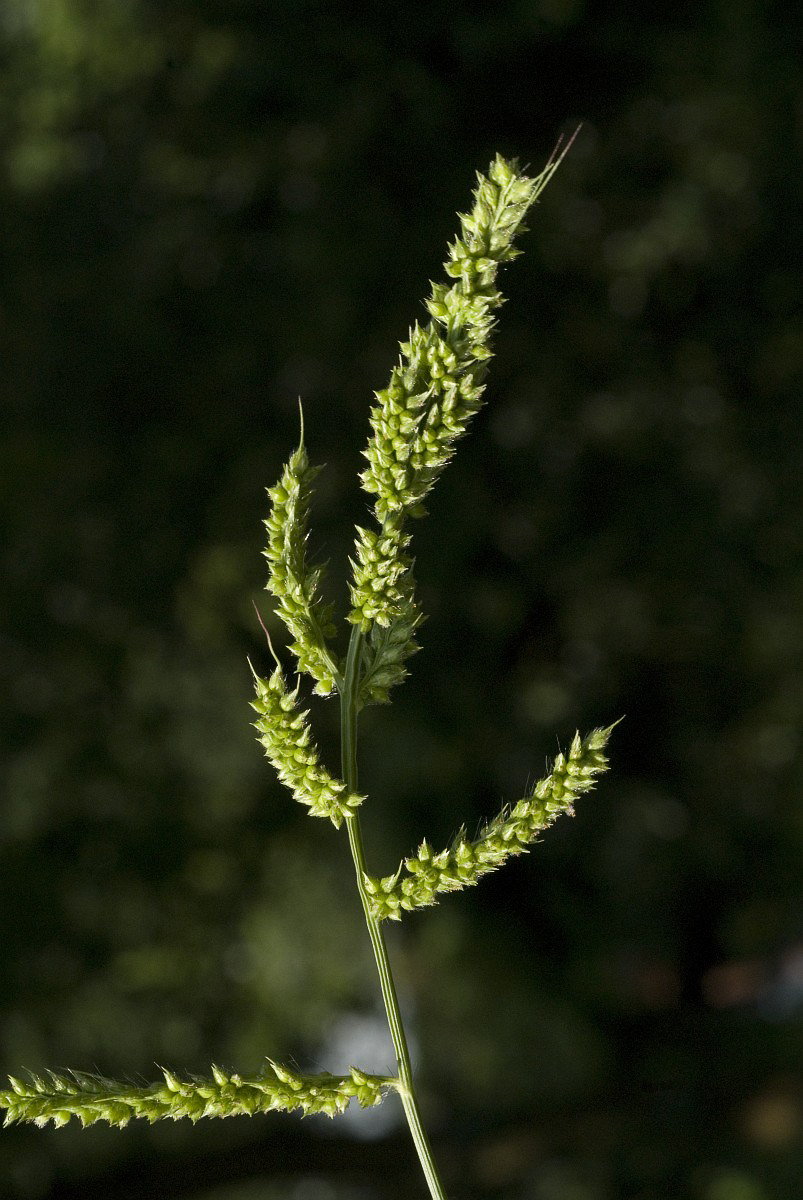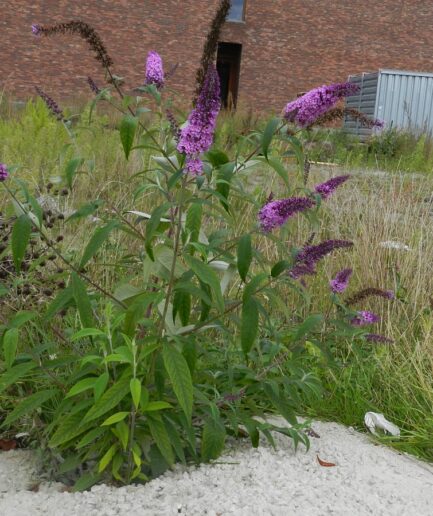Barnyard millet
Scientific Name: Echinochloa crus-galli (L.) P.Beauv.
Family: Poaceae
MORPHOLOGY
Habit and Size: Herbaceous, annual, tufted plant, 30-80 (150) cm tall.
Stems: Robust stems, bent near the base, then erect.
Leaves: Completely glabrous leaves with flat blades of dark green color and sometimes with purple streaks on the collar or leaf margins, 5-15 mm wide, linear, not keeled, with a cutting sheath, rough on the edges and upper surface. Leaf sheath lacks ligules and auricles in all stages of development (a distinguishing feature of this species).
Flowers: The inflorescence is a digitate panicle, up to 20 cm long, consisting of a central rachis, slightly curved or almost erect, from which small alternate ± awned racemes arise, often purple in color. The appearance of the inflorescence is quite polymorphic, it may be ± hairy, with muticous or awned spikelets. The awns may vary in length and shape: straight, sinuous, or recurved. Spikelets are pedunculate, with two florets. The upper floret is hermaphrodite and fertile, the other, lower one, is male or abortive and sterile. Blooms from June to October.
Fruits and Seeds: The fruit is a caryopsis.
DISTRIBUTION AND HABITAT
Extremely common and widespread throughout Italy. A weed of rice fields and cereal crops where periodic irrigation occurs, it grows on the banks of ditches, canals, in grassy areas, ruderal environments, orchards, and parks. It grows from sea level to 800 m.
Photo: Under a free license by Saxifraga, Rutger Barendse, Jan van der Straaten



















